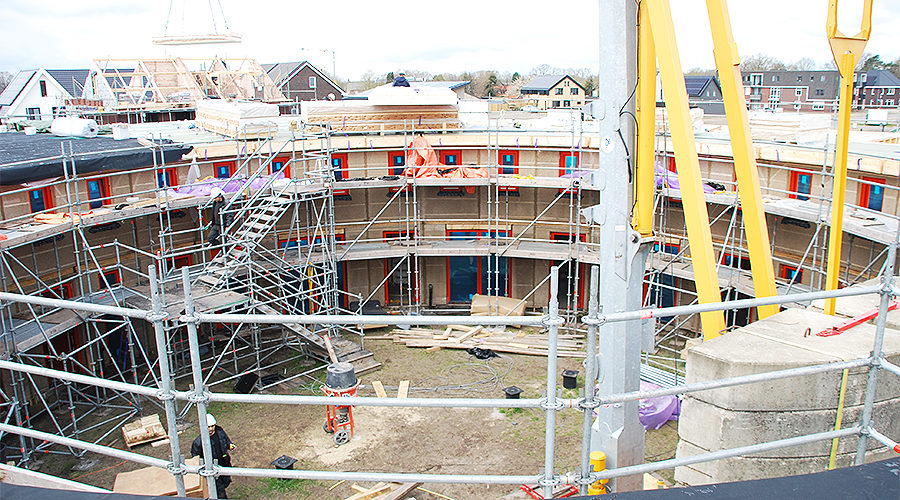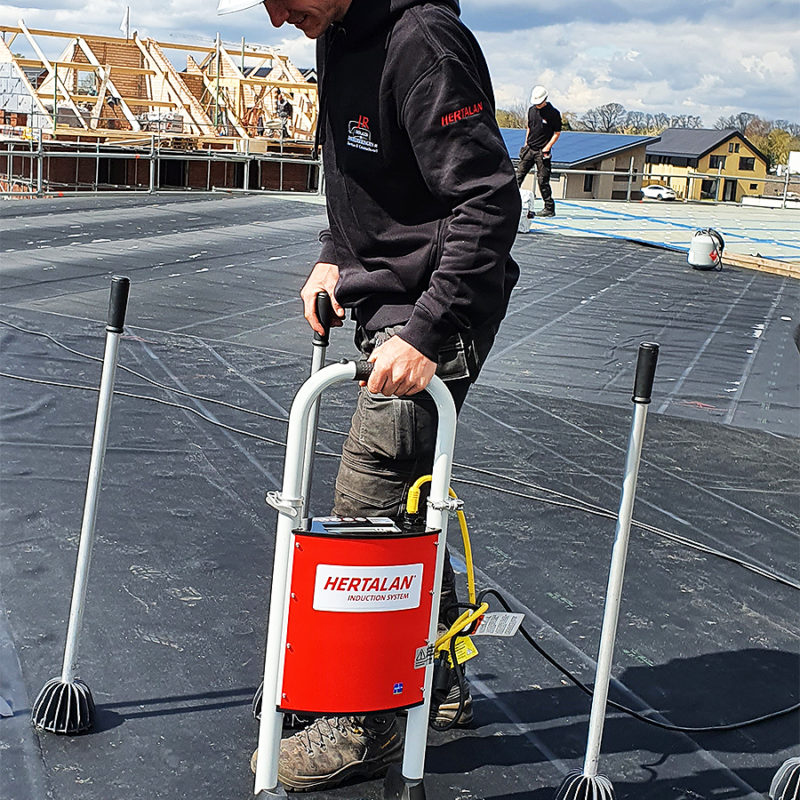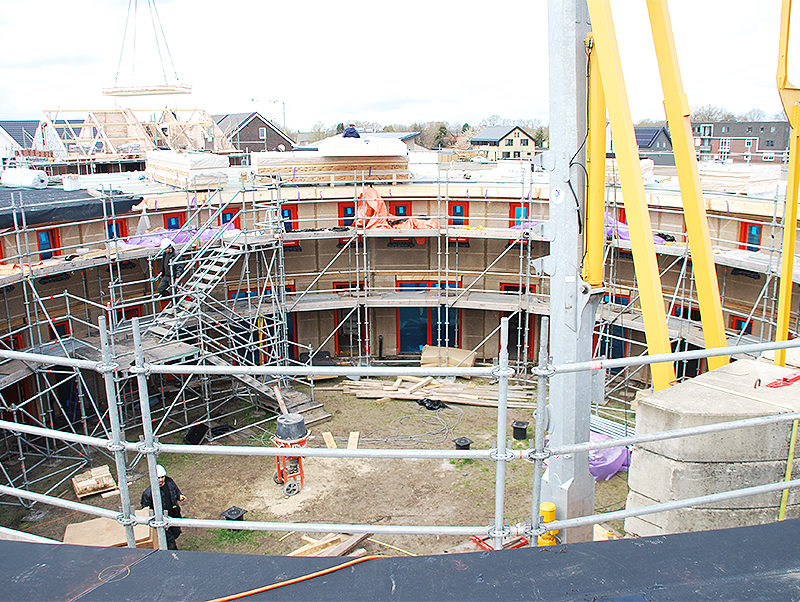Allen Coldrake from Carlisle Construction Materials discusses the need for the public sector to lead by example with a circular approach to sustainability, highlighting a best-practice approach in The Netherlands that the UK could learn from.
Carlisle Construction
The public sector is the benchmark for the commercial sector to follow when it comes to sustainability. From BIM to Energy Reduction Plans, initiatives that are pioneered in the public sector provide the blueprint to demonstrate what is achievable for commercial development projects. ‘Green’ buildings are no longer just a way for the public sector to trailblaze a principled example of environmental responsibility, however; they are an essential part of net-zero strategies and long-term commitments to driving down both energy consumption and maintenance/repair/replacement costs for built assets.
A role model for sustainability
Sustainable construction and property asset management strategies align with both the principles of best value and the need for improved transparency on environmental performance and budget responsibility. We have seen a focus on consolidating local authority sites into fewer locations, investing in new sustainable buildings, and improving existing property assets, all of which have contributed to much more environmentally-responsible public sector estates.
The term ‘sustainability’ still means different things to different organisations. Hopefully, however, we have now moved beyond box-ticking exercises because the public sector has begun to reap the rewards of more sustainable buildings in terms of energy and maintenance costs, fuelling a culture of greener design and specification.
The roadmap to circularity
But more can be done. In addition to selecting products that last longer, thereby reducing the environmental impact of construction by enabling longer replacement intervals and extending the service life of the building, public sector decision makers also need to consider what happens to construction materials at the end of their service life. Can they be recycled or re-used? How can they be given a second life? Who will be responsible for ensuring that reincarnation?
It is those questions that lie at the heart of circular sustainability; a philosophy that is seeing the drive for reduced construction impact come of age. It’s a simple concept: rather than considering the environmental credentials of a material solely in terms of how green it is at the time of use, circularity requires a cradle-to-cradle approach to selecting materials that deliver reduced embedded carbon emissions, improved performance and extended service life, along with the ability to be returned to the value chain at the end of their initial lifecycle.
Pioneering circularity in The Netherlands
It’s an approach that is being pioneered at the highest level in The Netherlands, where a Dutch Government initiative has been devised to enable developers or building owners to recoup up to 12% of the cost of both building materials and labour, based on circularity criteria. To enable the client to qualify for these financial measures, the product supplier must promise to take back the materials at the end of their service life and recycle them or reprocess them so that they can be re-used.
Reducing raw material consumption is integral to improved circularity and, while the UK does not have a Government-led scheme to drive this approach, the public sector and the construction industry in the UK can still learn from the best practice we’re seeing in The Netherlands.
The benefits of circularity may not be felt for a while – particularly for materials like EPDM that have a long service life – but making the right choices matters now.
The devastating effects of summer heatwaves this year have reiterated that there really is a climate crisis and the public sector needs to lead the way in delivering on our collective responsibility to take a cradle-to-cradle approach to circularity.

Allen Coldrake is Director of Marketing and Technical Services at Carlisle Construction Materials; a company that specialises in waterproofing systems for the building envelope. He has more than 20 years’ experience in the built environment supply chain.










